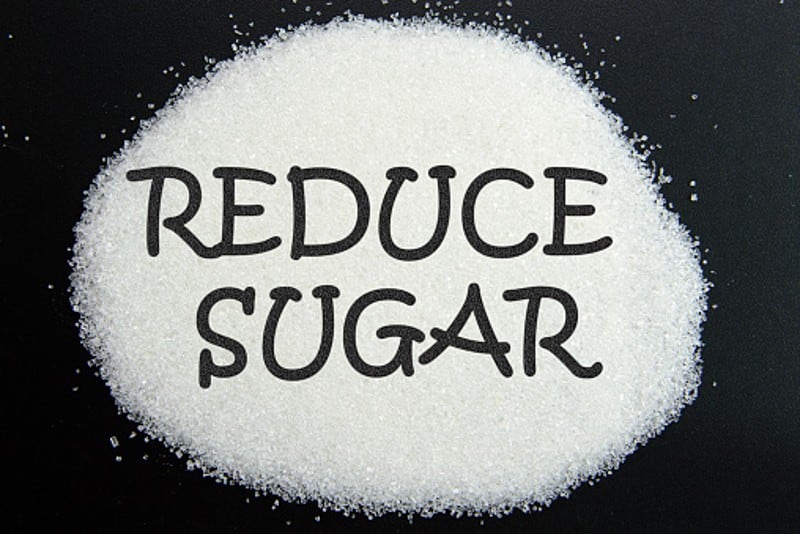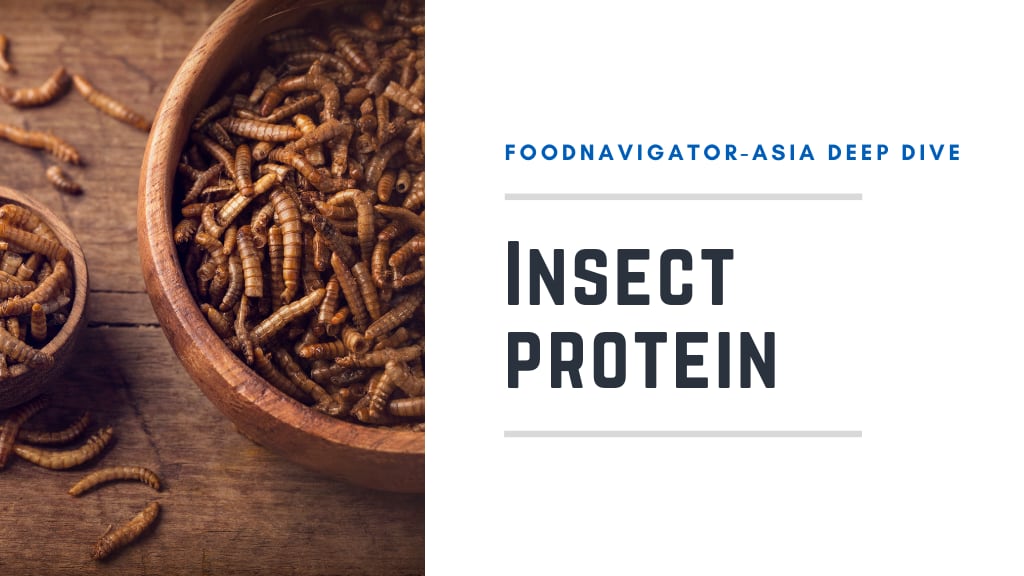The COVID-19 pandemic can be seen as a major driver for both the indulgence and affordability trends – for the former, after emerging out of lockdowns many consumers are now in pursuit of enjoyment.
Whereas for the latter the pandemic has left a multitude of socioeconomic and inflationary pressures in its wake, catalysed further by the Russia-Ukraine crisis.
It has now fallen to food and beverage firms in to solve this somewhat paradoxical yet undeniably logical dual conundrum, especially in the APAC region which has long been known to be very price-sensitive.
“Especially this year, cost-savings has been emerging as a very big trend in Thailand and multiple other Asian markets, and this really is not a surprise with people expecting more value for their money now,” Kemin Associate Marketing Director Asia Joanne Tan told FoodNavigator-Asia at the recent Fi Asia Bangkok 2022 event.
“At the same time, there has also been a high uptake rate in the region for products that can provide higher indulgence in quality and fineness of food – this is happening all over the region, from China to Singapore to Thailand to South Korea – so we know it is a very big trend as well.”
In order to tackle this contradictory challenge, the only way for food and beverage firms to satisfy both demands simultaneously is via innovation and the use of new solutions.
“To develop higher quality products that can produce cost savings requires innovation, and taking the example of making fried products that have a more indulgent mouthfeel but save costs, we have a product called PROTEUS V that reduces the oil absorption for breaded and battered foods to give a crisper mouthfeel and texture, but simultaneously reduces costs due to less oil being used,” said Tan.
“So this can offer not only quality improvement but also lower cost and pricing, whilst providing an added benefit of the product being healthier due to less oil being absorbed, which will definitely appeal to consumers.
“In the end, this means not only an elevated consumer experience, but also improved return on investment for the food firms which makes it a win-win for all.”
This dual challenge is an added layer of complexity to an already-challenging APAC region, which already presents food manufacturers with significant trials due to the immense local diversity.
“Especially in Asia, the diversity to be found in tastes is really very vast and means that a lot of different requirements already need to be addressed,” she added.
“Take bakery products for example, the level of sweetness preferred for just bread in the Philippines versus that in China or Singapore and India differs; and even for products such as instant noodles, texture requirements also vary widely.
“[So we see the requirement] to adapt to local recipes in order to meet local market needs, [and doing this] requires localized laboratories and institutions to ensure the innovation is current and up-to-date with consumer wants and needs.”
Sustainability on the rise
Kemin also believes that consumer demands for natural ingredient and clean label in APAC are only going to increase moving forward given rising health awareness in the region – but significantly, sustainability is also moving up on the radar for many consumers.
“We have already seen increased demands on this front, such as food brands asking for assurance that the palm oil being used has been RSPO-certified, as consumers are displaying increased interest in this area,” Tan said.
“So we do expect to see more innovation in this region revolving around sustainability, such as protein replacement and quality improvement, to address both cost and consumer demand, as well as to tackle food security concerns.”





